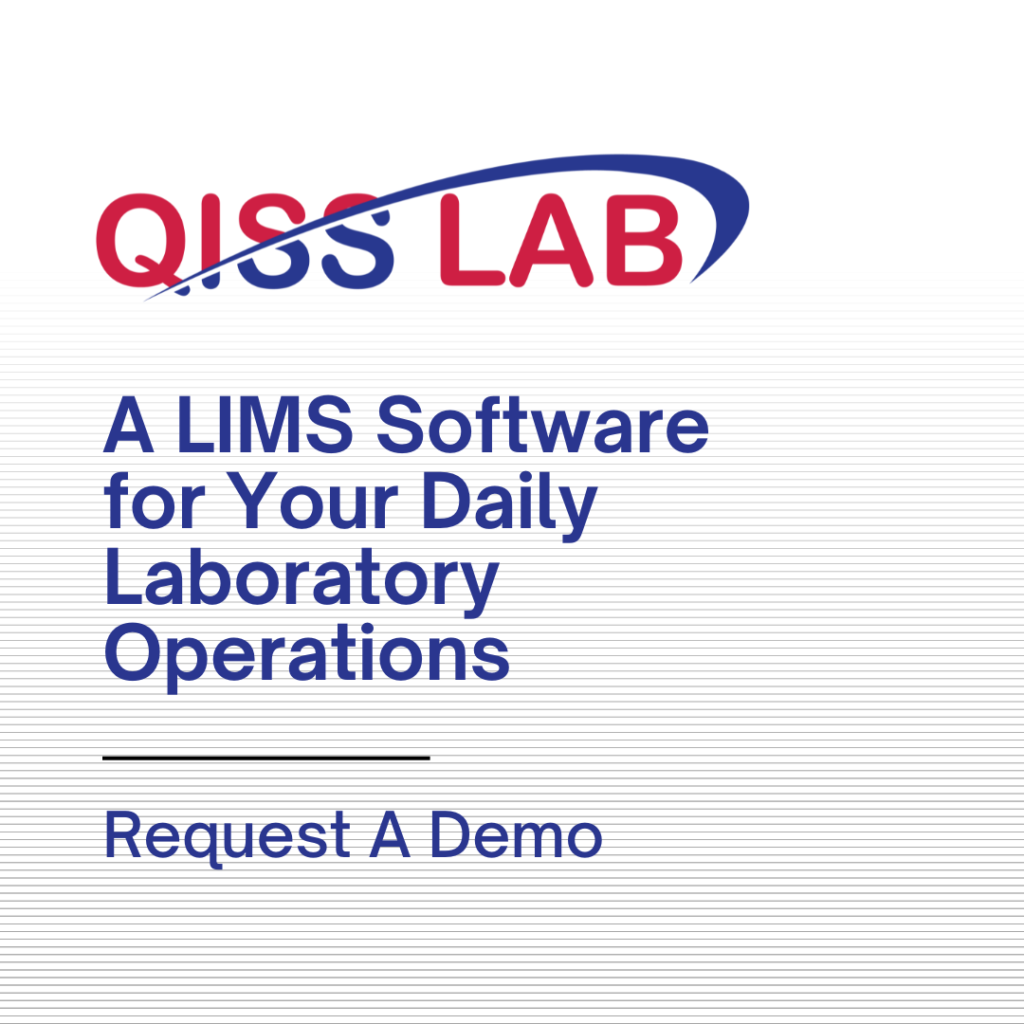Corrective action management software helps an organization identify nonconformity errors, encourage foreseeability of recurrence of nonconformities, and enact corrective measures to address defects and nonconformances that lead to failures meeting customer requirements.
ISO organizations should strive to effectuate the most efficient and cost-saving methods for managing corrective actions. The benefits of the corrective action process lie within the process itself – a systematic activity to identify the cause of nonconformances and enact a plan to deal with the nonconformances and prevent recurrence in the future.
ISO 9001:2015, section 10.2, provides the required procedure for identifying, dispositioning, and determining nonconformities and, if needed, the employment of corrective action. Corrective actions are tools or actions designed to prevent the recurrence of nonconformities, no matter the source of the nonconformity encountered.
Corrective action management software is usually a part of QMS software. Quality Management software is designed with a workflow written explicitly for the demands of managing an organization’s quality system.
QMS software will have a corrective action module that contains the necessary tools for initiating and managing corrective action activities. Examples of these tools are:
- The ability to perform root cause analysis – helpful in the determination of the root cause of nonconformity or group of nonconformities.
- The ability to develop a plan of action to deal with the nonconformity – the software allows the organization to assign responsibilities to various personnel directed to formulate the plan and monitor these activities for activity by designated personnel.
- The ability to implement the plan – the software allows personnel to be assigned to implement the agreed strategy and monitor the plan’s overall effectiveness and status.
- The ability to verify the plan’s effectiveness – through monitoring and measuring the information the plan provides the organization, the user can determine the plan’s effectiveness in preventing recurrence of the underlying nonconformity. If deemed effective, the corrective action may be closed, and users can access the results for future investigations if needed.
Quality software should have the ability to track nonconformities. If a trend is observed, the data should be transferred, in whole, into a corrective action module for initiation of corrective action.
The primary benefit of corrective action software is two-fold:
- Speed and accuracy, when compared to a manual system and,
- Cost-effectiveness of a digital system over time.
While initial costs may be deemed high, the overall benefits of a software application will pay for itself in a relative, short period, and the ongoing use of a reliable and robust system will only strengthen the overall continual improvement of an organization’s QMS.
Choose suitable software for your business from QISS essential software list. We are always ready to provide you ISO-based QMS services through QISS QMS software.



